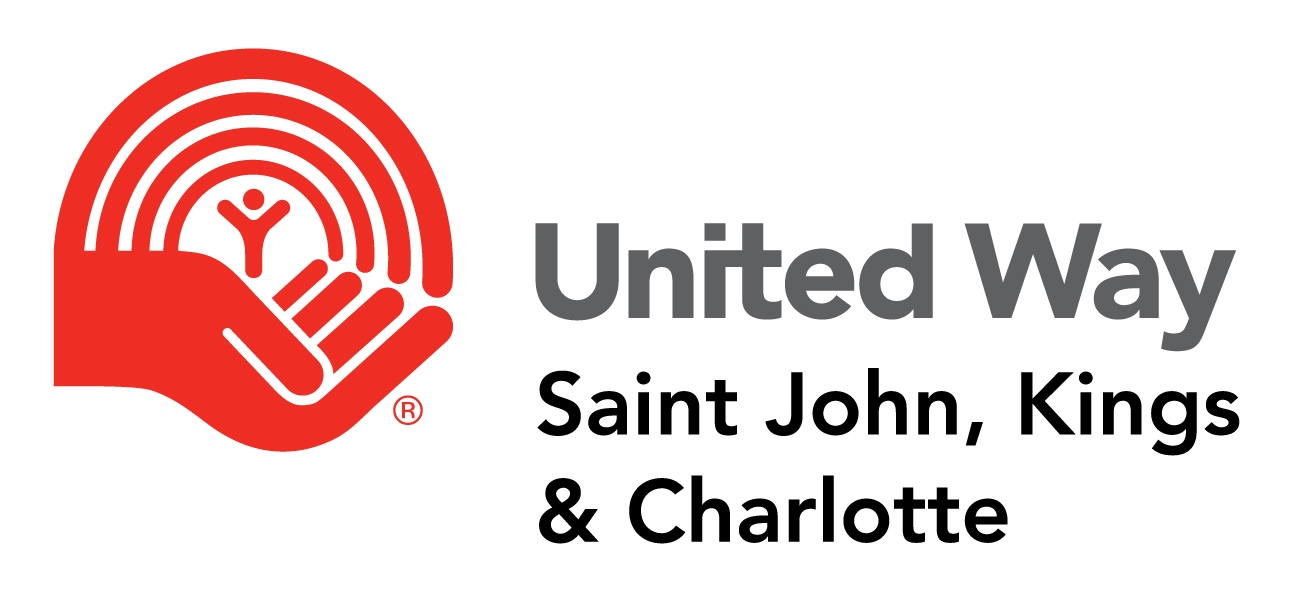
The Tamarack Institute, that leads the national network of communities ending poverty, joined United Way Saint John, Kings & Charlotte and BCAPI to produce this report and also share it with the national network as a learning tool for other communities. The report describes Saint John’s 20-year journey working to end generational poverty. Saint John’s success is due to the dedication and tireless efforts of leaders from all sectors – business, community and government, and countless volunteers, working together working together to break the cycle. Read Saint John Stronger Together Story (click on image below).
Chapter 1
With one of the highest levels of poverty in Canada (28% of residents living below the poverty line) and even higher rate of child poverty (33%), Saint John was one of seven cities in Canada selected in 2003 by the Tamarack Institute to develop and implement a comprehensive poverty reduction strategy. This marked the beginning of a focus on ending generational poverty by multi-sectoral partners and resulted in the creation of Vibrant Communities Saint John (VCSJ).
VCSJ partners put the spotlight on the city’s concentration of poverty in five neighbourhoods. They initiated the focus on closing the education achievement gap through the leadership of Business Community Anti-Poverty Initiative with the local School District, strengthened opportunities to link adults to employment, started the Around the Block community newspaper to celebrate neighbourhood achievements and was influential in the establishment of the province’s first poverty reduction strategy and the New Brunswick Economic and Social Inclusion Network.
Chapter 2
The level of collaboration deepened with the adoption of a ‘collective impact’ approach. Community leaders from business, three levels of government, non-profit organizations and five low-income neighbourhoods were galvanized to act on specific priorities to end generational poverty. Pivotal to the collective impact model is a staffed, funded backbone organization and Living SJ was launched in 2014 with a renewed strategy.
Partners collaborated to research and establish best practices, programs, and services that aligned with Living SJ’s four pillars:
Data was collected, progress was measured and analyzed to continuously improve and expand upon what works.
The collective impact approach in Saint John led to a $10-million investment by the provincial government, the Social Innovation Fund (SIF), Secured by Living SJ partners, the SIF tests and demonstrates a new model of funding, programming and service delivery to better support low-income families. Now under the stewardship of the Community Foundation, efforts are underway with the municipal and provincial levels of government on a number of evidenced-based policy and program changes to address the pillars, including, close the education achievement gap for children, strengthen the pathways to employment for youth and adults, mobilize access to affordable housing, strengthen community-based primary health services and position our low-income neighbourhoods as centers of wrap around services for residents.
It takes time to achieve life-changing results and reap lasting return on investment, but Saint John knows its comprehensive, long-term ‘collective’ commitment to breaking the poverty cycle is working. Each year, more children, youth and families are journeying out of poverty.
Next chapter….
Living SJ’s five-year strategy has come to its end. However, there are systemic issues which cannot be fully addressed at the neighbourhood or community level or by the non-profit or private sector alone, and which require an effective public policy response from government. The strength and capacity of our community leaders and the learnings from Living SJ and Vibrant Communities will guide the renewed strategy and leadership needed to continue the momentum to end generational poverty.